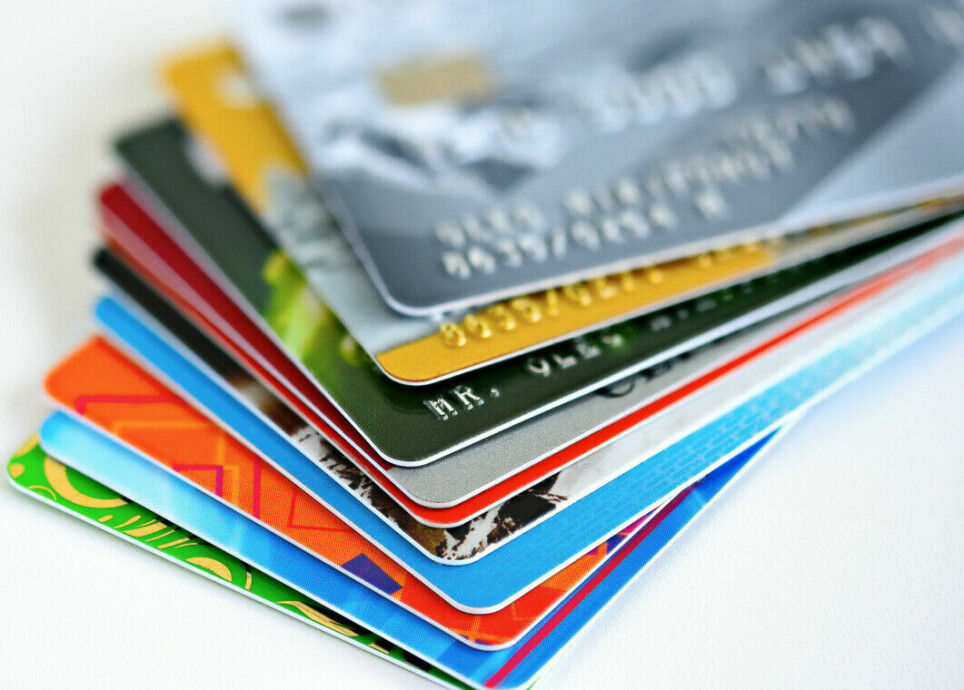
New Norwegian debt register saves more people from the debt trap
Those who lend money must now make much better credit assessments, researchers find.
Some people take out consumer loans or obtain credit card debt without giving much thought to the fact that the money must be repaid with high interest rates.
Others take out loans with high interest rates just because they need the money.
Research has shown that many in Norway are ashamed of their consumer loans.
Then there are those who wish to buy a home.
In Norway, the rule is that you have to be able to pay 15 per cent of the price for a new home out of your own pocket before you can get a mortgage for the rest. A lot of people cannot meet this requirement. Until quite recently, you could ‘solve’ the problem by taking out a few hundred thousand NOK in consumer loans - with sky-high interest rates.
With the new debt register, Gjeldsregisteret (link in Norwegian), which was introduced on 1 July 2019, this is no longer possible.
NOK 150 billion in unsecured debt
“The debt industry just loves the new register,” reports Christian Poppe, researcher at the OsloMet university.
“When the register also provides much better protection for those who may fall into the debt trap, it is difficult for me as a researcher to conclude with anything other than that this is a success,” Poppe tells sciencenorway.no.
At the time of writing, Norwegians have a total unsecured debt of NOK 150,703,571,938 .
The new register now gives very accurate insight into how many billions Norwegians have borrowed at any given time through consumer loans and credit cards.
Sharp reduction in ‘disaster loans’
With the debt register in place, the authorities and the financial industry have simply been able to prevent those who should not get more loans from getting more loans.
“Previously, people who were under financial pressures could go from bank to bank to borrow loans. This is no longer possible,” says Poppe.
Together with colleague Silje E. Skuland he has interviewed people in the financial industry, both before and after the introduction of the debt register.
None of those interviewed by the researchers are negative, neither to the introduction of the register nor to the way it works in practice.
On the contrary, it is described as "very good" and "a revolution".
Most banks now use the new register twice: first early in the loan application process and then just before the loan is disbursed.
“An important effect of the increased precision that the debt register adds to the credit assessments is that the number of ‘disaster loans’ has been sharply reduced,” says Poppe.
These are loans that should never have been approved and that lead to defaults and large personal burdens for the borrower.

The register should be expanded
“However, the unanimous support for the introduction of the debt register does not mean that the industry believes that everything is fine. The banks that lend money now want the register to be extended to also include secured loans, such as mortgages and car loans,” the researcher points out.
“Without real-time information about this type of debt in line with what they can obtain about unsecured credit and income, it will be difficult to meet the requirements for credit assessment that the regulations now impose on banks,” says Poppe.
The OsloMet researcher also sees another problem:
A number of people, not least among those in Norway who do not own their own home, have clearly had greater difficulty in obtaining a loan.
“What are these peopsle doing now? Do they take out loans from private individuals? This is a challenge we should not completely forget,” Poppe adds.
The financial industry: “Exactly as we hoped”
Gry Nergård is the executive director at Finance Norway, the organisation of the Norwegian financial industry.
“The debt register has worked exactly as we hoped it would,” she confirms to sciencenorway.no.
“The register was created because people were concerned about the strong growth in consumer debt in Norway. Many had accumulated more debt than they could handle. Banks can now make better credit assessments. This in turn means that fewer people have problems repaying loans,” Nergård says.
Nergård can report a marked decline in consumer loans after the register came into place.
“Now that we see how well this works, we want the government to ensure that we can make the registers even better. Norwegians have much more debt in the form of mortgages and other debt, than the consumer loan and credit card debt that is now shown in the register. Student loans are not shown either. We would like to get this in place in the register,” says Nergård.
———
Translated by Alette Bjordal Gjellesvik.
Read the Norwegian version of this article on forskning.no
Reference:
Christian Poppe and Silje E. Skuland “Virker gjeldsregistrene? Bankenes erfaringer med og holdninger til gjeldsinformasjonsforetak” (Do the debt registers work? The banks' experiences with and attitudes towards debt information companies), SIFO Report 8-2021, OsloMet. Abstract.
































